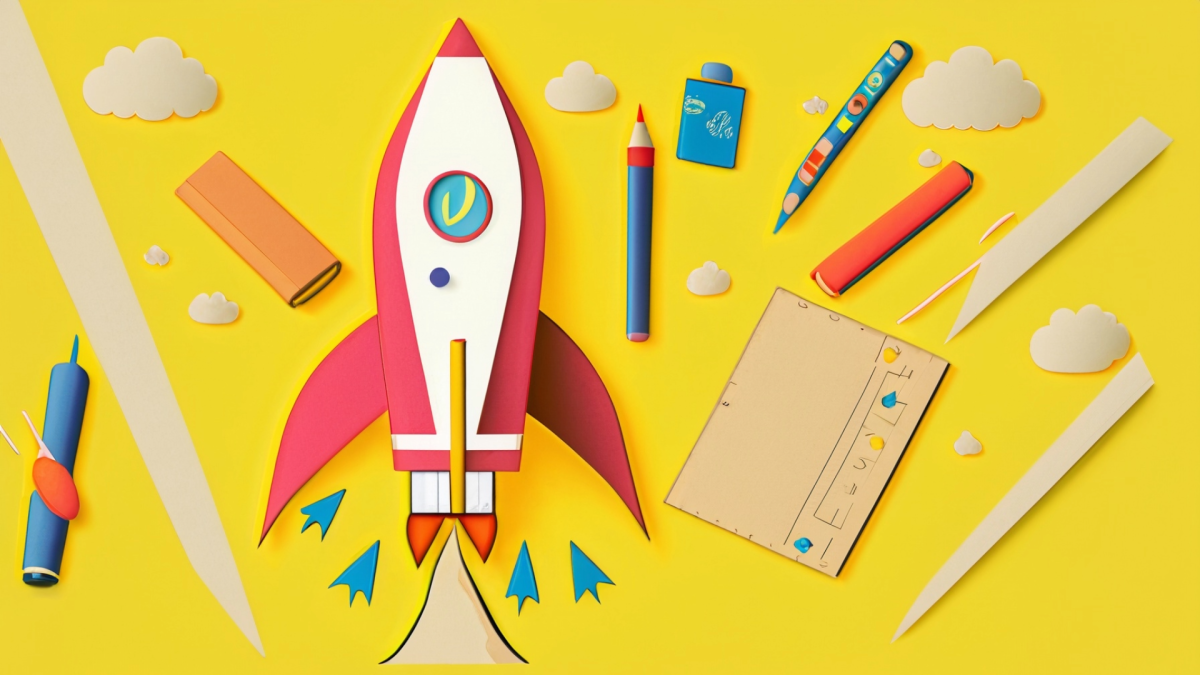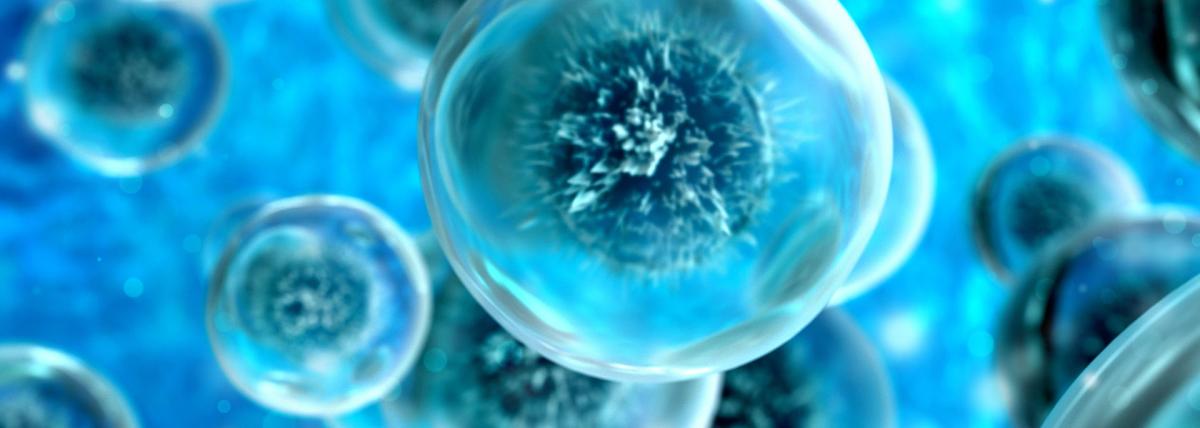
Saltwater vs. Freshwater
In this lesson students will show the proportion of freshwater compared to saltwater on Earth.
Students will define the problem of having a limited amount of fresh water using evidence gathered from research. They will engineer a device that can change saltwater into freshwater. Students will show their understanding and create models based on their understanding that matter is made of particles that are too small to be seen by the human eye.
Lesson Grade Level
5th GradeLesson Plan Link/URL
https://docs.google.com/presentation/d/1GzLHvM_ii3P9mQLQGXnRMDg0y4uzY6RL/edit?u…Subject Area
Science Physical Science P1: Matter Life Science L2: Organisms & Energy Engineering S1: Engineering & Global Society S2: Apply the Engineering Design Process S4: Apply Science to Engineering Mathematics Measurement and Data (MD)Related Content

Up, Up and Away! Creating a Glider
Students will learn the principles of flight while also incorporating the Engineer Design Process as they construct gliders using pressed Styrofoam. In this hands-on lesson, students read a book about

In this engaging lesson, students will connect the path of a straw rocket to the arc of a parabola. By changing the angle of the launcher, they will discover the relationship between distance and

Students will learn about nanotechnology in medicine and the use of nanorobotics. In this hands-on STEM lesson, students create nanobot using simple materials like toothbrush heads, motors, and